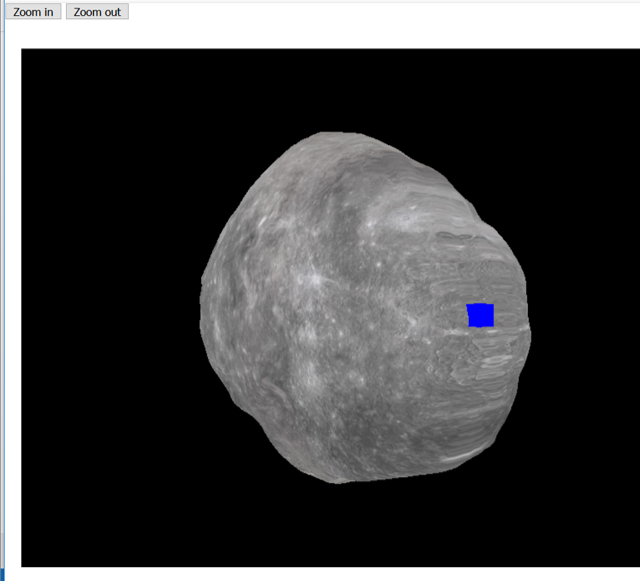3D Asteroid Viewer – Polytechnic
INSTITUTION
Arizona State University (Polytechnic Campus)
Class
Iron Class (2018 – 2019)
Student TEAM
Phillip Hanson, Information Technology
Ryan Headley, Information Technology
Hugo Lackmann, Information Technology
Scientific & Technical Guidance
Dr. Daniel Wenkert, NASA Jet Propulsion Laboratory
Academic Guidance
Vivek Chacko, ASU (Masters Student in Information Technology)
Dr. Usha Jagannathan, IT Graduate Program Chair, ASU Polytechnic School IT Programs
Dr. Tatiana Walsh, Faculty Associate, ASU Polytechnic School IT Programs
PROJECT DESCRIPTION
The team’s objective for this project was to create a functional web-based 3D viewer that would be accessible on multiple platforms. In order to achieve this, the team created 3D views of various planetary bodies, including Mars’ moon Phobos. This project served as a precursor to a 3D viewer that might be used with data from the Psyche asteroid in the future. The development of a 3D viewer was proposed to prepare to allow the data collected from the Psyche asteroid to be readily displayed and accessible to the public, allowing individuals to move the asteroid and study its surface.


